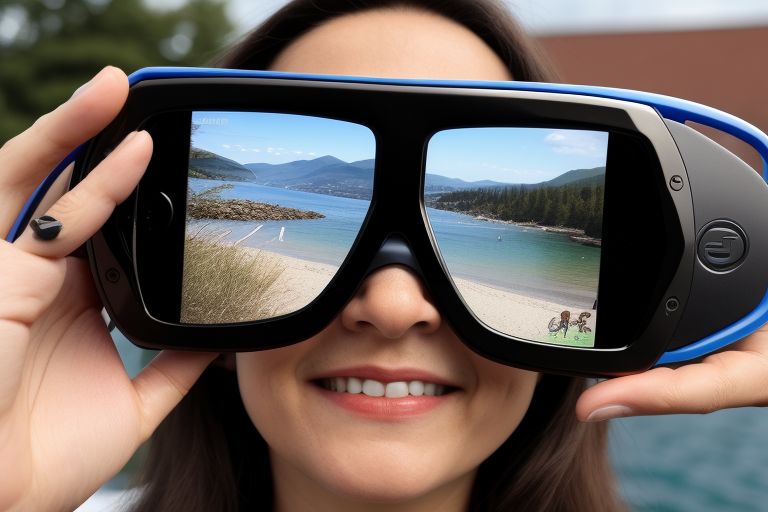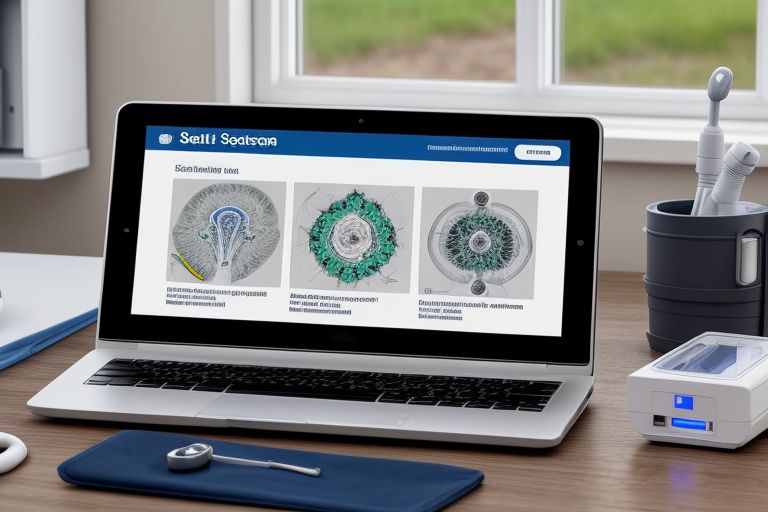Augmented Reality (AR) glasses are setting new standards in digital interaction, marking a transformative shift in how we perceive and interact with our environment. This groundbreaking technology integrates digital content with the physical world, providing a seamless and interactive experience that is reshaping industries from gaming and entertainment to education and healthcare.
The Evolution of Augmented Reality Glasses
The latest generation of AR glasses offers an unprecedented level of immersion and functionality. These devices are equipped with high-resolution displays, advanced sensors, and robust computing power, all housed within lightweight and stylish frames. Unlike their predecessors, these AR glasses boast longer battery life and enhanced connectivity options, making them more practical for everyday use.
How AR Glasses Work
AR glasses function by overlaying digital information onto the real world. This is achieved through a combination of cameras, sensors, and displays integrated into the eyewear. The cameras capture real-time images of the user’s surroundings, while sensors track the user’s head movements and the orientation of the glasses. Sophisticated software then processes this data to project digital images onto the displays, aligning virtual objects with the physical world.
Transformative Applications Across Sectors
Entertainment and Media
In the realm of entertainment, AR glasses are revolutionizing the way we consume media, offering immersive experiences that blur the lines between reality and digital content. From watching sports with real-time stats overlaid on the action to interactive gaming that integrates the user’s environment, AR is providing more engaging and personalized ways to experience entertainment.
Education and Training
AR glasses are proving to be valuable tools in education and professional training. By superimposing educational content onto real-world settings, they enhance learning and understanding. For example, medical students can visualize anatomy in 3D, overlaying it onto a peer or mannequin, while mechanics can see schematics displayed over the actual machinery they are repairing.
Healthcare
In healthcare, AR glasses offer significant advancements in both patient care and surgical precision. Surgeons can use AR for real-time imaging and data visualization during procedures without looking away from the patient. This not only improves precision but also reduces surgery times and increases safety.
User Experience and Interface
The user experience of AR glasses has greatly improved, with intuitive interfaces that can be controlled by voice, eye movements, or simple gestures. This ease of interaction ensures that the technology enhances daily activities without becoming obtrusive. The design of AR glasses is also evolving to be more in line with conventional eyewear, encouraging adoption by making users feel comfortable and stylish while using them.
Challenges and Future Directions
Despite the promising advancements, AR glasses face challenges in widespread adoption. Privacy concerns, the potential for information overload, and the need for a robust digital infrastructure to support real-time AR are issues that developers continue to address. Moreover, creating content that is both valuable and engaging remains a critical challenge for developers.
Conclusion
Augmented Reality glasses are not just another tech gadget; they are a fundamental shift in the way we interact with digital information and the world around us. As the technology matures, it promises to further integrate digital and physical realms, making AR glasses an indispensable part of our digital lives. The future of AR glasses is bright, as they continue to evolve, they will redefine our interaction with the digital world, making it more intuitive, immersive, and ultimately more human.























+ There are no comments
Add yours